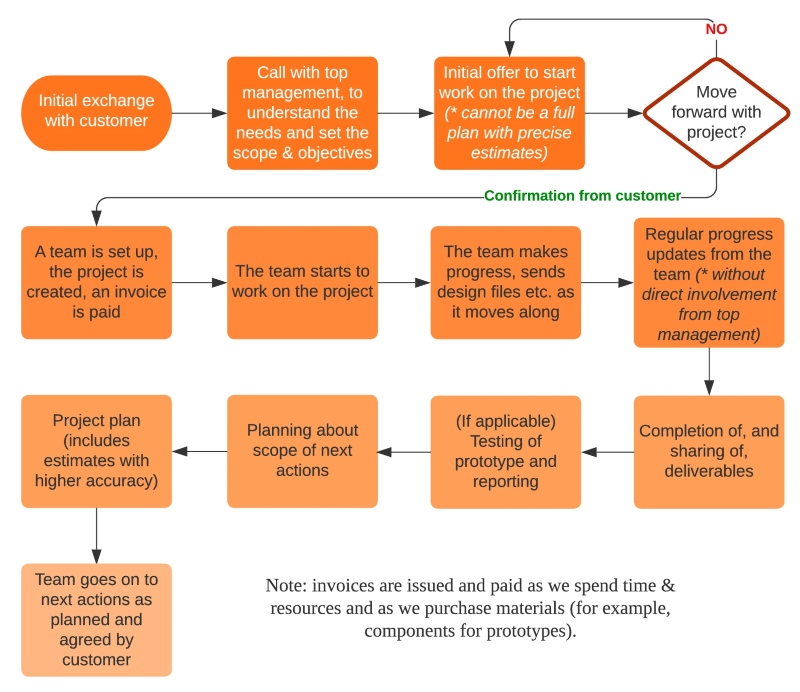You will work with a project manager (or more than one, depending on the amount of work involved with your projects and/or orders) who can speak English.
Note that, as we are not a Chinese-owned factory, our management (the managers of production, quality, purchasing, NPI…) all speak English. You will not find yourself stuck with only one contact person, However, we expect that you direct your messages to your project manager in normal times. You will also have direct access to our top management if needed.




